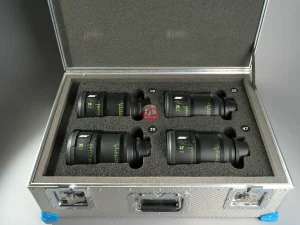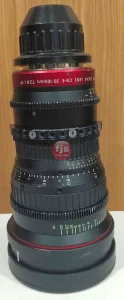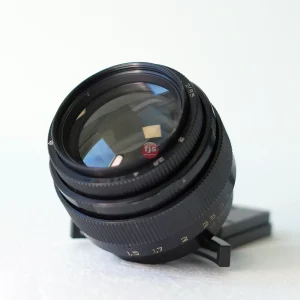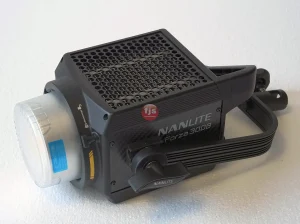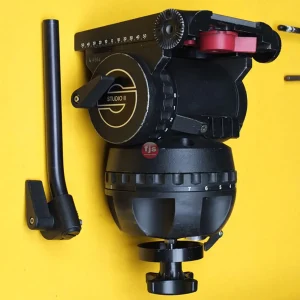Introduction
Master anamorphic lenses are renowned for their ability to create a cinematic, widescreen look. However, there’s been some discussion about potential quality loss when using these lenses on full-frame cameras. Let’s delve into the key factors and considerations surrounding this topic.
Key Features and Benefits of Master Anamorphic Lenses on Full-Frame
- Unique Aesthetic: Anamorphic lenses offer a distinctive, cinematic look that can elevate your footage.
- Widescreen Format: They create a wider aspect ratio, ideal for films and television productions.
- High Image Quality: Master anamorphic lenses are designed to deliver exceptional image quality.
Addressing Quality Concerns
While there have been concerns about quality loss, it’s important to understand the following:
- Lens Quality: Master anamorphic lenses from reputable manufacturers are typically designed to perform well on full-frame cameras.
- Camera Sensor: The quality of your camera’s sensor plays a significant role. Modern full-frame cameras generally offer high-resolution sensors capable of capturing detailed images.
- Shooting Conditions: Factors like lighting, focus, and camera stability can impact image quality, regardless of the lens used.
- Post-Production: Careful post-processing can help mitigate any perceived quality issues and enhance the overall look of your footage.
Conclusion
While quality loss can be a concern with any lens, master anamorphic lenses on full-frame cameras generally offer excellent performance. By understanding the factors involved and taking proper care during shooting and post-production, you can minimize potential issues and achieve stunning results.
Questions and Answers
- What is the difference between a master anamorphic lens and a budget anamorphic lens?
- Master anamorphic lenses are typically higher-quality, more expensive options designed for professional use.
- Can I use a master anamorphic lens on an APS-C camera?
- While it’s possible, using a master anamorphic lens on an APS-C camera may result in some vignetting or a narrower field of view.
- Are there any specific post-processing techniques to enhance the quality of footage from a master anamorphic lens?
- Color grading, sharpening, and noise reduction can all be helpful in optimizing the look of your footage.



